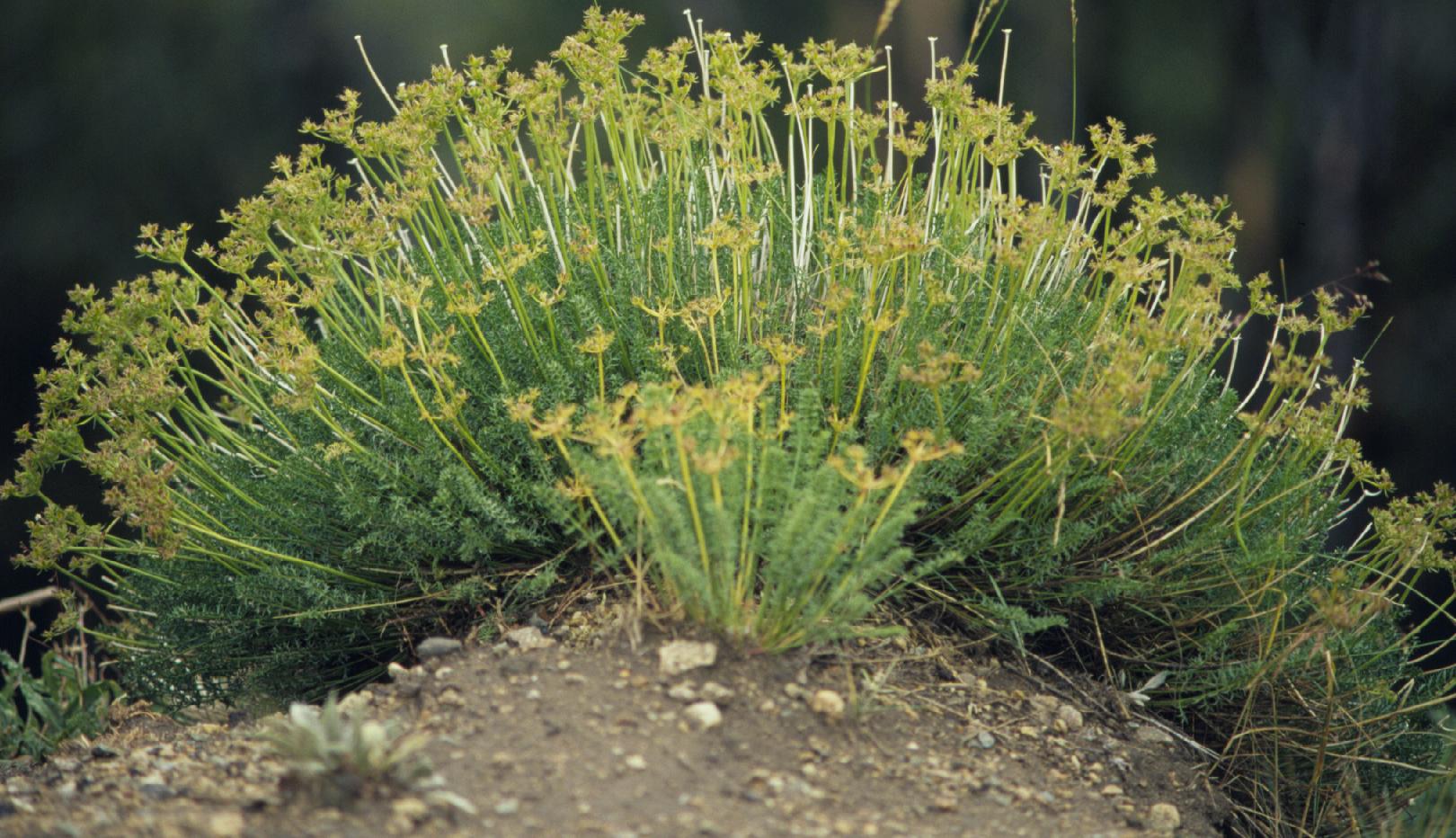Henderson's wing-nut
(Pteryxia hendersonii)

Description
Pteryxia hendersonii, also known as Henderson's wing-nut, is a rare and endangered species of plant in the family Euphorbiaceae. It is endemic to the Hawaiian Islands, where it is found only on the islands of Maui and Molokaʻi. In this article, we will explore the taxonomy, morphology, distribution, ecology, and conservation of Pteryxia hendersonii. Taxonomy Pteryxia hendersonii was first described by Odoardo Beccari in 1877, based on a specimen collected by William Tufts Brigham from the island of Maui. The specific epithet, hendersonii, honors Dr. George Henderson, a physician and naturalist who collected plants in Hawaii in the 19th century. Pteryxia hendersonii belongs to the family Euphorbiaceae, which is one of the largest and most diverse families of flowering plants, with over 8,000 species. The genus Pteryxia contains only two species, both of which are endemic to Hawaii. The other species, Pteryxia terebinthina, is found only on the island of Kauaʻi. Morphology Pteryxia hendersonii is a small tree or shrub, reaching heights of up to 10 meters (33 feet). The bark is smooth and grayish-brown. The leaves are alternate, simple, and oval-shaped, with entire margins and a glossy, dark green surface. They are arranged spirally along the stem and measure 5-15 centimeters (2-6 inches) in length. The inflorescence of Pteryxia hendersonii is a terminal or axillary raceme, with small, unisexual flowers that lack petals and sepals. The male flowers have 2-3 stamens, while the female flowers have a trilocular ovary with three styles. The fruit is a winged nutlet, 2-2.5 centimeters (0.8-1 inch) long, with a thin, papery wing that facilitates wind dispersal. Distribution and Habitat Pteryxia hendersonii is endemic to the Hawaiian Islands and is found only on the islands of Maui and Molokaʻi. It is restricted to mesic and wet forests at elevations of 300-1,600 meters (1,000-5,200 feet) above sea level. It occurs in small, scattered populations in the understory of mature forests, where it is often associated with other endemic plants such as ʻōhiʻa lehua (Metrosideros polymorpha), ʻākala (Rubus hawaiensis), and hāpuʻu ferns (Cibotium spp.). It is also known to occur in disturbed habitats, such as roadside embankments and abandoned agricultural land. Ecology Pteryxia hendersonii is a shade-tolerant species that grows in the understory of mature forests, where it is often associated with other endemic plants such as ʻōhiʻa lehua (Metrosideros polymorpha), ʻākala (Rubus hawaiensis), and hāpuʻu ferns (Cibotium spp.). It is also known to occur in disturbed habitats, such as roadside embankments and abandoned agricultural land. The species is adapted to the moist and cool conditions of Hawaiian montane forests, which receive high levels of rainfall and have relatively low temperatures compared to other parts of the islands. Pteryxia hendersonii is capable of photosynthesis in low light conditions and can thrive in the shaded understory of the forest. Pteryxia hendersonii is an important component of the Hawaiian forest ecosystem and provides habitat and food for a variety of native wildlife, including birds, insects, and snails. The tree's winged nutlets are dispersed by wind and can germinate in suitable soil, contributing to the regeneration of the forest. However, Pteryxia hendersonii is also vulnerable to predation by non-native herbivores, such as feral pigs, goats, and deer, which can damage or destroy its habitat and reduce its reproductive success. The species is also threatened by competition from invasive plant species, such as strawberry guava (Psidium cattleianum) and Koster's curse (Clidemia hirta). These factors contribute to the species' endangered status and highlight the importance of conservation efforts to protect its habitat and promote its recovery. Uses Pteryxia hendersonii does not have significant economic or cultural uses. It is primarily valued for its ecological role as a native Hawaiian plant species and for its contribution to the biodiversity and ecosystem functioning of Hawaiian montane forests. As an endangered species, the conservation of Pteryxia hendersonii is an important priority, and efforts are being made to protect its habitat and promote its recovery. These efforts may include habitat restoration, invasive species control, and monitoring of populations to assess their status and identify threats. Although Pteryxia hendersonii has no known medicinal or cultural uses, it is a unique and valuable component of Hawaii's native flora, and its preservation is important for maintaining the ecological health and cultural heritage of the islands. Conservation Status Pteryxia hendersonii is classified as an endangered species by the International Union for Conservation of Nature (IUCN) and the United States Fish and Wildlife Service (USFWS). The main threats to its survival are habitat loss, fragmentation, and degradation due to human activities such as logging, agriculture, and development. In addition, Pteryxia hendersonii is vulnerable to predation by non-native herbivores, such as feral pigs, goats, and deer, which can damage or destroy its habitat and reduce its reproductive success. The species is also threatened by competition from invasive plant species, such as strawberry guava (Psidium cattleianum) and Koster's curse (Clidemia hirta).
Taxonomic tree:







